What Are The Internet Requirements For an Alarm System?
The internet requirements for an alarm system will vary. Some systems or communicators may require a wired Ethernet connection, while others support WIFI. Generally speaking, we recommend avoiding satellite internet, as we have experienced many issues when trying to use this type of service.
There are a number of ways to look at this question. For example, an alarm system that is set up only for traditional central station monitoring with no interactive elements will have different requirements than a system with full interactive monitoring, and a system with video surveillance will have still another level of demand. We'll try to break this down and discuss the various system types, and the do's and don'ts for each.
In the same way that a copper phone line used to be the standard way in which we communicated outside our homes and businesses, the internet has now become the staple by which we interact with the outside world. Since most homes have some type of internet connection, and most homes no longer have a hard phone line, alarm systems have begun to use the internet as a standard means of communication. There are two ways that an alarm panel may connect to the internet. Via WIFI, or via a wired Ethernet connection.
Each of these methods has its advantages and disadvantages. WIFI is easy to set up and requires very little other than either the push of a WPS button or the knowledge of the WIFI SSID and Password. The drawback with WIFI is that it can be unreliable and maybe even a little finicky about connecting and staying connected. There is so much RF traffic in the air around us every day, it's no small wonder that this is the case.
Wired Ethernet is more stable than WIFI and also faster. Given the choice between WIFI and Wired Ethernet in any type of mission-critical application, we would always recommend using wired Ethernet. The drawback with this type of connection is that it can be difficult to get an Ethernet cable to the location where the alarm panel or communicator will be installed. Cat5 and Cat6 cabling have limits on how far they can be run (100 m or 328' for a single run). Also, RJ45 connectors aren't exactly tiny, and dealing with fishing wires through walls is not something every DIYer wants to undertake.
Back when alarm panels used phone lines as their primary means of communication to a monitoring station, it became clear that phones had a major weakness. Just about every phone line came into a building from outside and was easily accessible by burglars that knew what they were looking for. A quick snip and the alarm panel could no longer communicate alarm signals to a monitoring station through the phone line. At this time cellular backup systems became popular. The old analog cellular communicators weren't as sophisticated as what is available now, but if someone cut the phone line, the cellular device could still get the word out. What used to be a phone line with cellular backup is now internet with cellular backup, or in many cases, cellular only.
Why No Satellite Internet?
This isn't about bandwidth, at least not directly. Satellite internet providers use Proxy servers in an effort to minimize the traffic on their network. This use of Proxy servers doesn't always affect an alarm panel's ability to communicate alarm signals out to a monitoring station, but it wreaks havoc on any type of attempt to control the panel remotely using a service like Total Connect 2.0 or Alarm.com. It also causes issues if the alarm dealer attempts to connect to the system remotely for programming help or troubleshooting. This means, that even if you only plan to have your system use traditional central station monitoring, and you're willing to take the chance that all your signals will go through successfully, any type of issue you experience is likely going to result in a truck roll. That likely means increased cost because the alarm dealer won't be able to remotely program or troubleshoot.
How Much Bandwidth Are We Talking About?
For alarm signals, an alarm panel uses so little bandwidth as to be negligible. For example, a 7847i AlarmNet Internet Communicator sends a check-in signal to AlarmNet every 20 seconds. This signal uses 300 bytes of data. An alarm signal is about 1 kb of data, and each supervisory signal uses 600 bytes of data. All of the AlarmNet communicators that use an internet connection, be it WIFI or Ethernet, behave in basically the same way, so these bandwidth figures are going to be pretty consistent across the board.
Alarm.com works differently than AlarmNet in that they require a cellular communicator to be present and registered on any panel using their service. Alarm.com compatible systems send all signals using all available paths. The signal that is received first is processed, and the "losing" signal is discarded. In this way, they are assured that every individual signal uses the fastest available path to get to Alarm.com. I could not find any figures on the bandwidth used for Alarm.com alarm signals, however, it will also be a very small amount. If your internet connection is capable of allowing you to stream video, you should have no problem with your alarm panel being able to communicate and even being able to use remote services.
When the amount of available bandwidth becomes important is when video surveillance comes into play. Video services require not only a good downstream bandwidth capability, but also good upstream bandwidth. Most people pay attention to their downstream bandwidth because this is what allows them to download videos, use streaming services, and quickly download music. Most internet connections are asynchronous, meaning they have a much higher available downstream bandwidth than upstream. Video surveillance will put demands on internet bandwidth in both directions.

Downstream bandwidth is what allows you to view the video captured by your surveillance cameras. Upstream bandwidth is used when the cameras capture video and send it up to a server for viewing and/or storage. The secure servers where the video is stored are maintained by the service provider. In the case of Alarm Grid customers, this will be either Alarm.com or AlarmNet. AlarmNet is the company behind the Total Connect 2.0 service.
Resideo has published the following bandwidth requirements for its current Total Connect 2.0 camera lineup:
| Camera Model | Resolution | Minimum Required Bandwidth |
|---|---|---|
| IPCAM-WIC1 | HD (720p) | 1.024 Mbps Upstream |
| IPCAM-WIC2 | Full HD (1080p) | 2.048 Mbps Upstream |
| IPCAM-WOC1 | Full HD (1080p) | 2.048 Mbps Upstream |
| IPCAM-WOC2 | Full HD (1080p) | 2.048 Mbps Upstream |
| DBCAM (Round Skybell) | HD (1080p/720p) | 1.5 Mbps Upstream |
| DBCAM-TRIM | Full HD 1080p | 1.5 Mbps Upstream |
Alarm.com has provided the following minimum bandwidth requirements for its current camera lineup:
| Camera Model | Resolution | Minimum Required Bandwidth |
|---|---|---|
| 2020/2021 Series | Standard Resolution & Quality | .25 Mbps |
| 2022 Series | Standard Resolution & Quality | 1.5 Mbps |
| Reduced Resolution & Quality) | .5 Mbps | |
| ADC-V523/523X | Any Resolution & Quality | 2 Mbps |
| ADC-V723/723X | High Resolution & Quality | 2 Mbps |
| Standard & Reduced Resolution & Quality | 1.5 Mbps | |
| ADC-V515 | High Resolution & Quality | 2.5 Mbps |
| Standard Resolution & Quality | 2 Mbps | |
| Reduced Resolution & Quality | 1.5 Mbps | |
| ADC-V724/724X | Any Resolution & Quality | 2 Mbps |
| ADC-VS123 | Up to 2 Mbps depending on the connected camera | |
| ADC-V521IR (w/2-Way Audio) | Highest Setting | 1.5 Mbps |
| Reduced Setting | .75 Mbps | |
| ADC-V522IR & ADC-V622 (w/2-Way Audio) |
Highest Setting | 2 Mbps |
| Reduced Setting | 1 Mbps | |
| ADC-V523/523X (w/2-Way Audio) | Any Resolution & Quality | 2 Mbps |
| ADC-V515 (w/2-Way Audio) | Standard Resolution & Quality | 2 Mbps |
| Reduced Resolution & Quality | 1.5 Mbps | |
| ADC-V724/724X (w/2-Way Audio) | Any Resolution & Quality | 2 Mbps |
| SkyBell Doorbell Camera (ADC-VDB101/102/105/106/105x/106x) | Standard Resolution & Quality | 2 Mbps |
| Alarm.com Video Doorbell (ADC-VDB770) | Standard Resolution & Quality | 2.5 Mbps |
| Stream Video Recorder (SVR) | The same requirements as the camera being live streamed or recorded |
The requirements listed above are based on a single user viewing one video device at a time. All are Upstream bandwidth recommendations. These limits are used to describe the point at which video and audio (if applicable) will begin to become choppy, and assume ideal conditions. In an area with poor WIFI signal, or harsh RF environment, these limits will need to be adjusted.
For Alarm.com Commercial Video Camera bandwidth requirements, check out this document.
What is The Biggest Reliability Concern?
Arguably, the biggest reason cellular service is considered more reliable than internet service is power. Cellular networks have lots of built-in redundancies when it comes to both signaling and power. A cellular communicator and an alarm panel both also have a battery backup to provide power in the event of a power failure at the protected premises. Internet providers have solutions in place to counter power outages within the portion of the network that they control. Most residential internet connections, however, lack this type of backup power within the home. If your modem, and router lose power, your internet connection is down until power is restored. You can resolve this potential issue by providing power to your network equipment in the form of an uninterruptable power supply, or even an automatic backup generator.
Another vulnerability with a home internet connection is physical access. If you receive your internet service through a cable or fiber connection, the spot where this service enters the home may be vulnerable to tampering in much the same way that an old copper phone line was vulnerable. Physically protecting this area using fencing is a good idea. Place a motion-sensitive light above the connection point so that if anyone approaches it, they will be brightly illuminated immediately. If you are using video surveillance this might also be a good location to place a camera.
Did you find this answer useful?
We offer alarm monitoring as low as $10 / month
Click Here to Learn MoreRelated Products
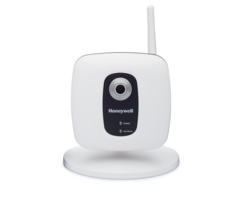
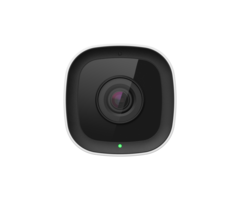
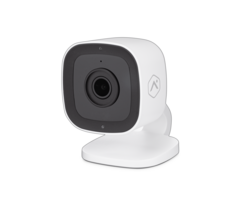
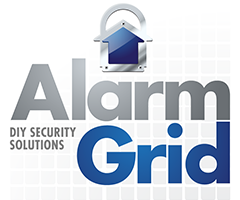
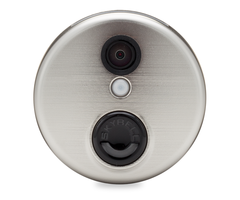

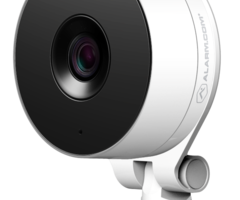
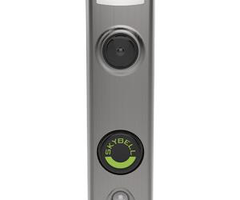
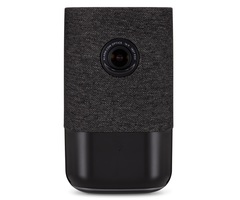
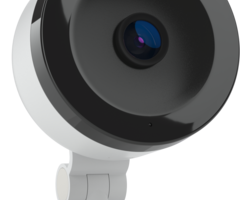
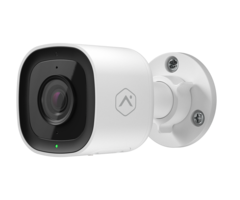
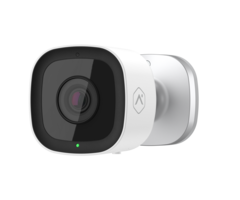
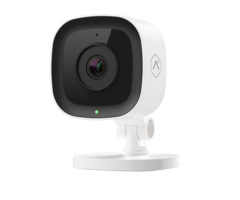
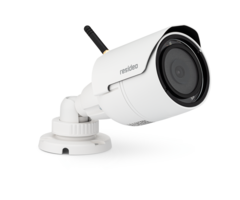

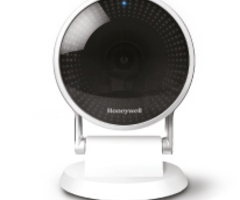
- Answered
- Answered By
- Julia Ross


